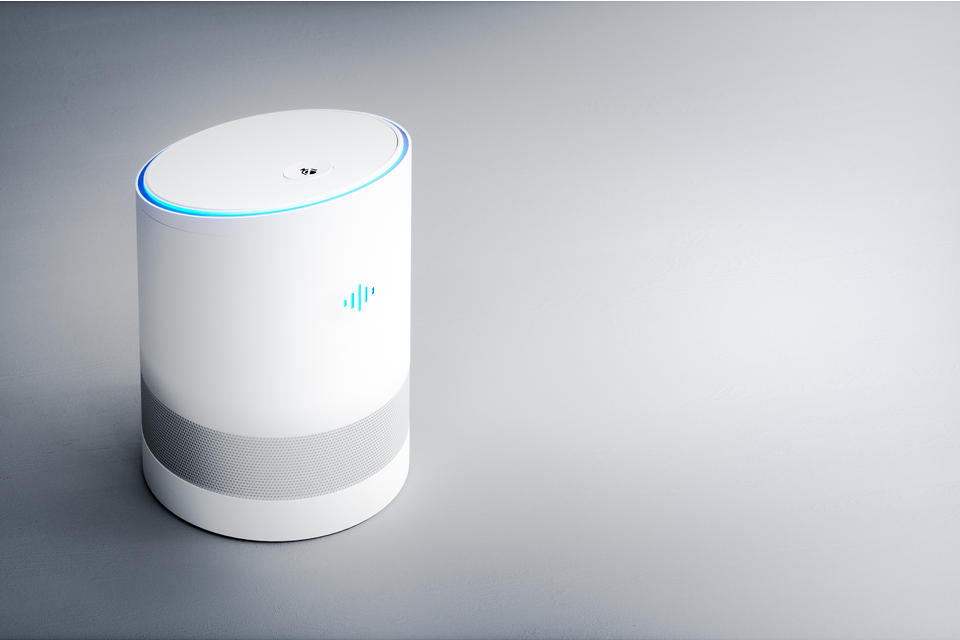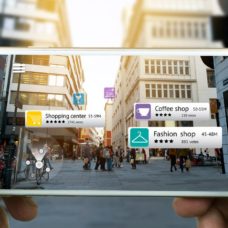Voice-activated systems such as Amazon’s Alexa, Google Assistant, and Apple’s Siri have experienced significant growth in recent years.
According to NRP, one in six Americans owned a smart speaker in 2018, and the number has been growing ever since. Another report from ComScore suggests that over 50 percent of smartphone users are engaging with voice search technology in 2020.
While voice technology’s growth has been impressive so far, analysts are saying that the virus pandemic could accelerate it even further.
Aside from answering questions and shopping, people are using voice assistants for smart home control. Voice technology also offers some business and medical applications that could limit personal contact.
In a statement to the press, an analyst at ABI Research, Jonathan Collins said:
“Voice has already made significant inroads into the smart home space, and voice control can mean avoiding commonly touched surfaces around the home from smartphones to TV remotes, light switches, thermostats, door handles, and more.”
The analyst further stated that the pandemic could provide additional motivation and incentive for voice control in homes.
Let’s consider the numbers.
How Digital Voice Technology Could Grow in the Coming Years
According to ABI estimates, voice control device shipments for smart home devices reached 141 million last year. But this number could rise by up to 30 percent before the year ends.
For the broader market of digital assistants, a Juniper Research report suggests that 4.2 billion devices are currently in use.
Experts expect the number to double in the next four years, reaching 8.4 billion by 2024. What’s more, a bulk of the interactions will occur on smartphones.
With that said, the pandemic will not only affect voice technology. Other smart home systems that eliminate the need for face-to-face interaction and personal contact are set to grow in the coming years.
“Looking forward, office spaces will need move towards more touch-free controls,” says Avi Greengart, a technology analyst. “Voice can be a solution, although motion triggers for lighting are often easier and more friction-free.”
Improved digital voice technology could play a huge role. For example, the Mayo Clinic tool is currently using Amazon Alexa to provide information about the virus, including the symptoms.
Similarly, a Florida Tech computer engineering professor, Veton Kepuska, is working to develop a voice-activated medical robot that can limit physical contact. With any luck, the effort could lead to humanoid medical robots that assist medical professionals.
“The pandemic has created a situation where we need to think about how to deliver services to people who need our help without putting ourselves in danger,” Kepuska told the press.



















Comments (0)
Least Recent